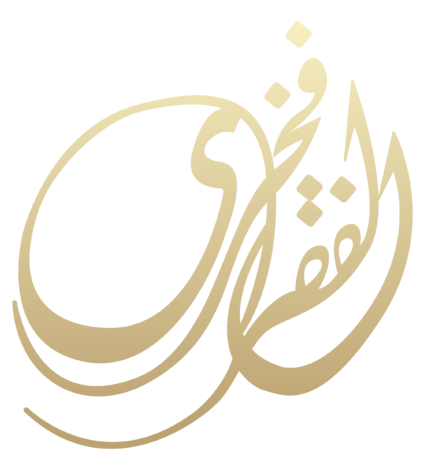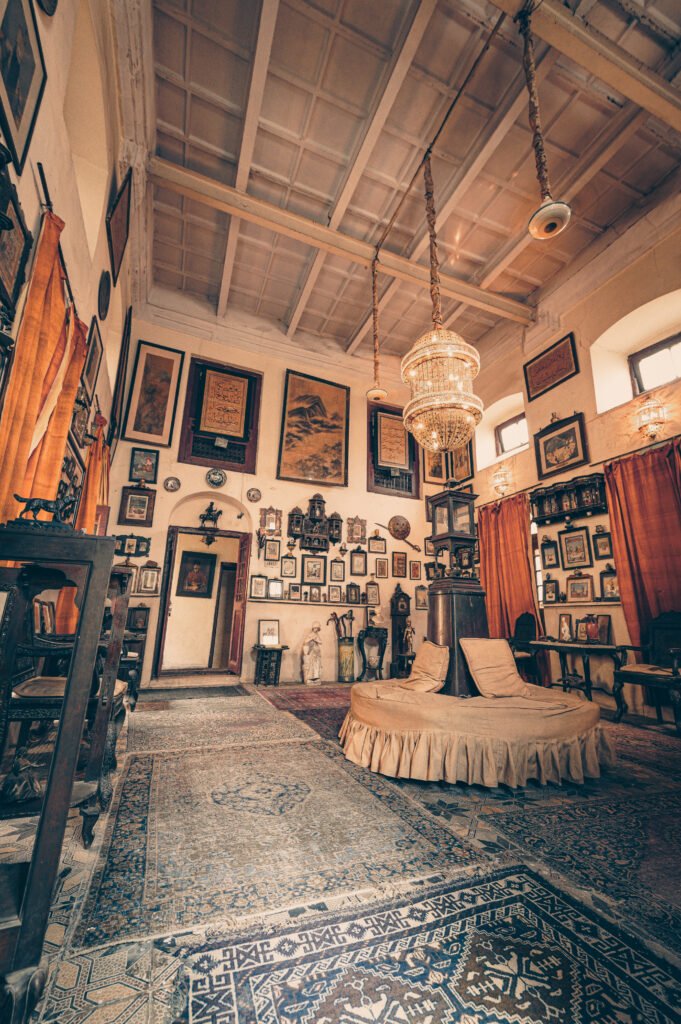A Legacy of Heritage
Fakir Khana, known as "The House of The Humble Ones," stands as one of the largest private museums in Pakistan, welcoming visitors since 1901.
The Fakir Khana Museum in Lahore is one of Pakistan's most prominent private museums, rich in both history and artifacts. Here’s a detailed overview:
Location and History
The Fakir Khana Museum is located in the walled city of Lahore, near Bhatti Gate, which is one of the historic entrances to the city. The building itself has a deep historical background, originally belonging to Raja Todar Mal, the finance minister during the reign of Emperor Akbar. The building was later acquired by the Fakir family, who renovated it in the 20th century. The museum was officially opened to the public in 1901, making it one of the oldest private museums in the region.
Background of the Fakir Family
The Fakir family has a long and storied history in Lahore, having settled in the city around 1730. They were closely associated with the Sikh Empire, with three prominent family members—Fakir Nooruddin, Fakir Azizuddin, and Fakir Imamuddin—serving as emissaries to Maharaja Ranjit Singh. Their close relationship with the Sikh court allowed them to amass a vast collection of artifacts, some of which were gifts from Ranjit Singh himself. Over time, the family became an integral part of Lahore's cultural and social fabric.
Collection of the Fakir Khana Museum
The museum's collection is vast and diverse, with over 20,000 pieces spanning the 18th to the 20th centuries. It includes:
Miniature Paintings: The Miniature Hall is one of the museum's highlights, showcasing 160 intricately detailed miniatures from various schools of art, including Mughal, Irani, Kangra, Pahari, and Rajput. These paintings provide a glimpse into the opulent lifestyle of Lahore’s elite during the time.
Buddhist Art: A significant section of the museum is dedicated to Buddhist art from the Gandhara civilization, which flourished from the 1st to 5th centuries. This collection is particularly notable for its early representations of the Buddha in sculpture.
Textiles: The museum houses an impressive collection of textiles, including a Kashmiri shawl that belonged to Maharani Jind Kaur, the wife of Maharaja Ranjit Singh. The textile collection reflects the rich heritage of the Sikh period in Punjab.
Carpets and Shawls: The Hall of Carpets, originally a sitting room known as Gol Kamra, features an extensive collection of 18 carpets, including Iranian and Shirazi pieces. The hall also displays various shawls and embroidered textiles.
Manuscripts and Calligraphy: The museum holds rare manuscripts and calligraphy pieces, including a handwritten Quran attributed to Hazrat Imam Hussain.


